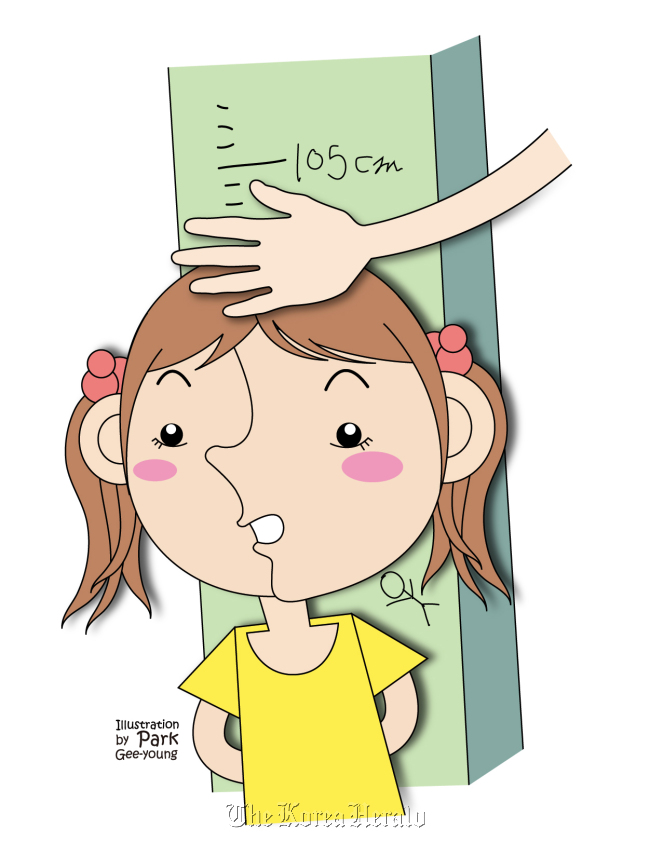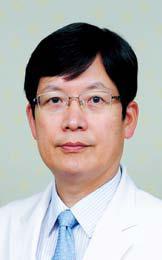
Growing pain refers to the intermittent and uncomfortable pain in the muscles of the lower limbs in children. It usually affects both legs and causes the greatest pain in the front of the thighs, calves, the back of the knees and sometimes the buttocks. The pain is usually localized to a deep part of the limb and does not affect the whole limb. In older children who can describe the pain in more detail, it is said to feel like spasms of the legs, or a tingling feeling.
Typical cases involve children crying from severe joint pain in the evening after running or doing other vigorous activities. The pain usually regresses in the morning and the children can actively play happily without any pain. In some children, the pain is so severe that the parents can get very worried and bring them to the emergency department. Children with growth pain do not have any history of infections or trauma and there is no flaring, tenderness or swelling of the area. There are usually no abnormal findings in their physical examinations, blood tests and x-rays.
2. Characteristics of growing pain
It is important that other serious conditions are ruled out, and that red flags are not missed in children with growing pain. Conditions that can be mistaken for growing pain include “transient synovitis of the hip joint,” juvenile rheumatoid arthritis or other diseases of the lower limbs. Growing pains are typically bilateral (affecting both limbs at the same time), temporary and resolve without complications in a few days. Characteristically, children complain of pain in the lower limbs following exercise or sports and are better by the next morning. If your child complains of pain the next day or continuous pain in the same area for more than a week, other serious conditions are a possibility, and it is highly recommended that a pediatric orthopedic surgeon see your child.
3. Prevalence
Several studies have shown that the prevalence of growing pain is 13.6 percent in children aged 6-7 years old and 15.5 percent in 6-19 year olds. Male and female children show similar prevalence.
4. Age of common occurrence
Growing pain is most common in children and young adolescents. The most common age at which growing pain occurs is between 4-7 years old.
5. Cause
The exact cause of growing pain is unclear. Research has not yet proven the exact cause but it is hypothesized that the main cause is temporary imbalance in the growth of tissues such as the bones, nerves and muscles.
6. Diagnosis
When a child shows the above symptoms, all possible diagnoses must be considered. To be diagnosed with growing pain, a physical examination (observation, palpation, auscultation, and estimation of circumference as well as the length of the lower limbs, joint movement, gait, body temperature) should be normal. X-ray and blood test findings should also be normal. The child should not have any psychiatric symptoms. Other testing that can be done includes computer imaging, arthroscopy, magnetic resonance imaging and ultrasound.
7. Treatment
The treatment is usually conservative. Most children will recover without any particular treatment, or may just need symptomatic relief. This includes heat packs or massage. In severe cases, analgesics may be used. It is important that care is taken to accurately diagnose growing pain before deciding not to actively treat the child.

By Shim Jong-sup
The author is a doctor at the Department of Orthopedic Surgery at Samsung Medical Center and a professor of Sungkyunkwan University School of Medicine. ― Ed.










![[Hello India] Hyundai Motor vows to boost 'clean mobility' in India](http://res.heraldm.com/phpwas/restmb_idxmake.php?idx=644&simg=/content/image/2024/04/25/20240425050672_0.jpg&u=)







